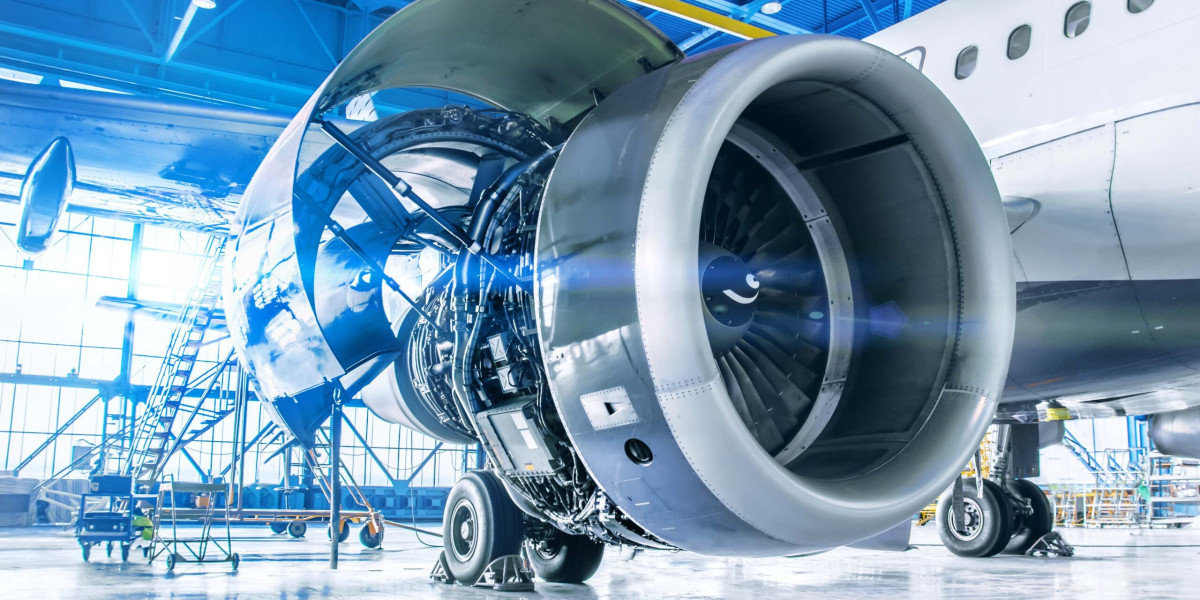In the complex and safety-critical world of aviation, ensuring the airworthiness of an aircraft is the single most important operational priority. A revolutionary new approach, powered by data and artificial intelligence, is transforming how this is done. This is the world of Predictive Airplane Maintenance. Unlike traditional maintenance, which is based on fixed schedules or reacting to a failure after it has occurred, predictive maintenance aims to forecast a potential component failure before it ever happens. It uses advanced analytics and machine learning to continuously analyze data from the aircraft, identify subtle anomalies, and predict the future health of its systems. The immense value of this proactive approach in improving safety and reducing costs is driving massive market growth, with the industry projected to reach a valuation of $15.14 billion by 2035, powered by a phenomenal CAGR of 9.57% during the 2025-2035 forecast period.
At its core, predictive airplane maintenance is about leveraging the massive amounts of data generated by a modern aircraft. A new commercial airliner is a flying data center, equipped with thousands of sensors that are constantly monitoring the health and performance of every critical system, from the engines and landing gear to the hydraulic and avionics systems. These sensors generate a continuous stream of data on temperature, pressure, vibration, and a host of other parameters. Predictive maintenance platforms ingest this vast torrent of data, along with historical maintenance records and flight data, and then use sophisticated machine learning algorithms to detect patterns and anomalies that are the faint, early warning signs of a potential future failure of a specific component.
The primary goal of this technology is to shift the maintenance paradigm from being reactive and scheduled to being proactive and condition-based. Traditional maintenance is often based on a fixed schedule (e.g., replacing a part after a certain number of flight hours), regardless of its actual condition. This can lead to either replacing parts that are still perfectly healthy (which is wasteful) or, worse, having a part fail unexpectedly in service before its scheduled replacement, leading to costly and disruptive "Aircraft on Ground" (AOG) situations. Predictive maintenance allows airlines and maintenance, repair, and overhaul (MRO) organizations to perform maintenance only when it is actually needed, based on the real-time health of the component, a much more efficient and safer approach.
Ultimately, the benefits of adopting a predictive maintenance strategy are profound for the aviation industry. The most important benefit is a significant enhancement in safety and reliability. By identifying potential failures before they occur, it dramatically reduces the risk of in-flight incidents. It also has a massive financial impact. By reducing unplanned maintenance events and AOG situations, it significantly improves aircraft availability and reduces the massive costs associated with flight delays and cancellations. By optimizing the maintenance schedule and only replacing parts when necessary, it reduces spare parts inventory and maintenance labor costs. In a high-stakes, low-margin industry like aviation, these improvements in safety, reliability, and efficiency are a game-changer.
Explore Our Latest Trending Reports:








